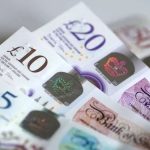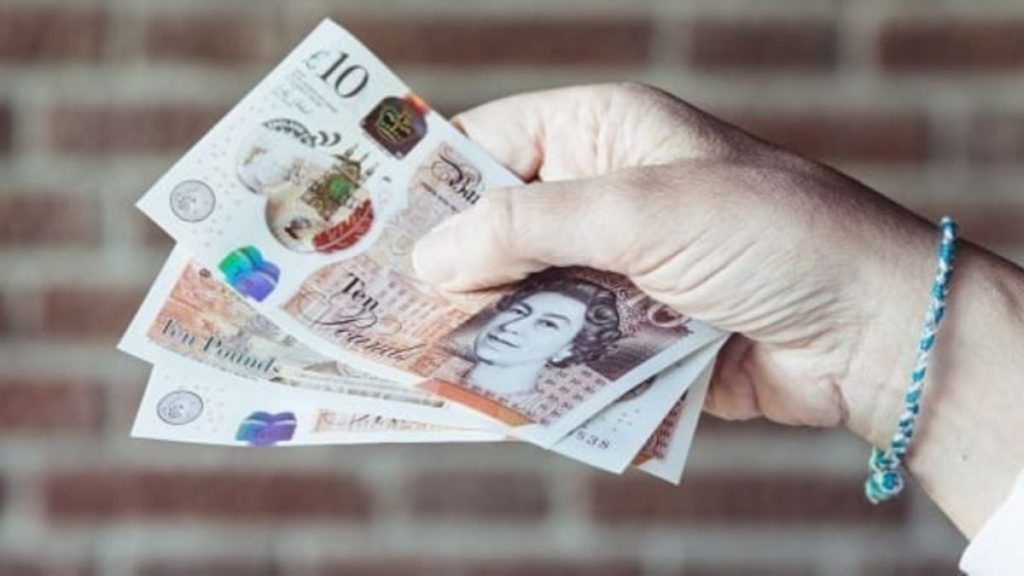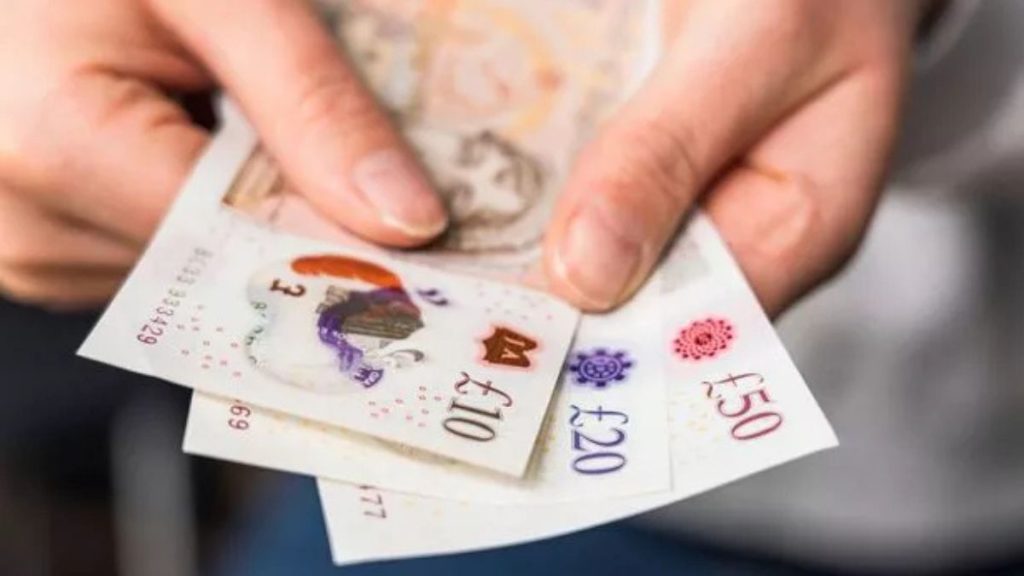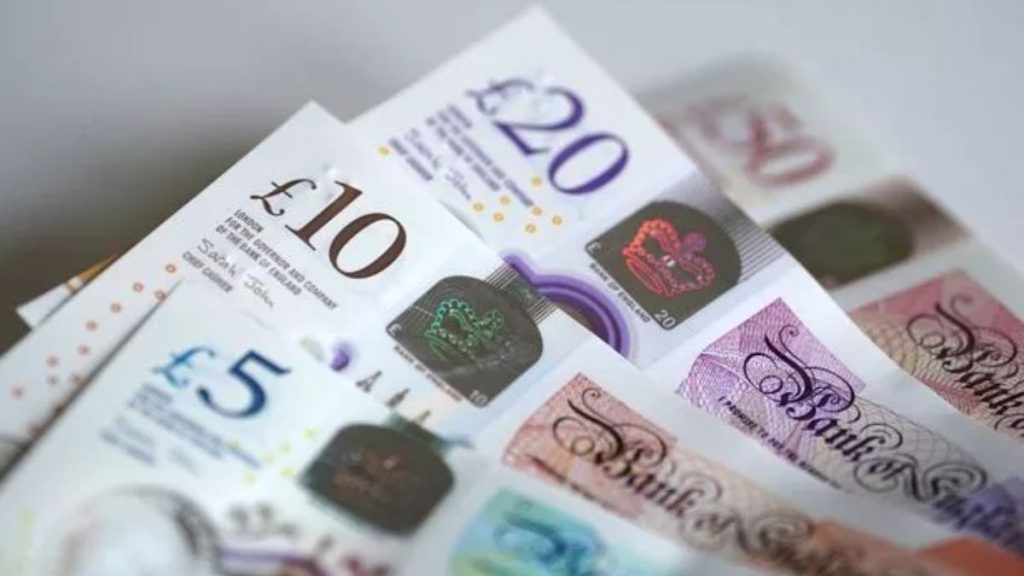The Driver and Vehicle Licensing Agency (DVLA) has officially confirmed new rules for vehicle number plates, set to come into effect from September 2025.
Under these updated regulations, even minor number plate mistakes could result in fines of up to £1,000 or even cause your car to fail its MOT test.
Although many motorists treat number plates as a mere formality, the DVLA emphasizes that they play a crucial role in road safety, vehicle tracking, and law enforcement. With stricter enforcement just months away, drivers across the UK are urged to understand what’s changing, how to stay compliant, and what penalties to expect if they don’t.
Why Number Plates Are More Important Than You Think

While number plates might seem like a small part of a car’s exterior, they perform vital legal and safety functions. According to the DVLA, number plates are key to:
- Identifying vehicles during traffic incidents or criminal investigations.
- Tracking stolen cars using police and ANPR (Automatic Number Plate Recognition) systems.
- Verifying tax, insurance, and MOT compliance instantly through camera technology.
- Assisting accident investigators in determining vehicle involvement.
Because they are directly tied to public safety and law enforcement, the DVLA maintains strict rules on design, visibility, and durability.
Quick Summary: DVLA Number Plate Rule 2025
| Category | Details |
|---|---|
| Authority | Driver and Vehicle Licensing Agency (DVLA) |
| Implementation Date | September 2025 |
| Maximum Fine | £1,000 |
| Key Offences | Incorrect spacing, illegal fonts, tinted or obscured plates, dirt or damage |
| MOT Impact | Illegal or unreadable plates will now cause an automatic MOT failure |
| Enforcement Tools | ANPR cameras, roadside police checks, MOT inspections |
| Immediate Fine | £100 fixed penalty on the spot |
| Official Website | www.gov.uk |
What’s Changing in September 2025
Starting in September 2025, the DVLA will introduce tougher penalties and tighter enforcement for plates that fail to meet legal standards.
The changes specifically address five main problem areas that have caused confusion or abuse among motorists:
1. Incorrect Spacing
Many car owners, particularly those with personalized plates, alter spacing to make letters or numbers spell words or names — a practice now explicitly banned.
Incorrect spacing can make a plate unrecognizable to ANPR cameras, which are essential for police operations.
2. Non-Standard Fonts
The DVLA mandates the Charles Wright font for all UK number plates. Any decorative, italicized, or stylized fonts will be considered illegal and could result in fines or MOT failure.
3. Tinted or Obscured Plates
Plates covered by tinting film, plastic shields, or glare coatings interfere with visibility. Even subtle tints that affect reflectivity can result in penalties.
4. Unauthorized Backgrounds or Logos
Only official identifiers, such as national flags (Union Jack, Scottish Saltire, or Welsh Dragon), are permitted.
Any additional graphics, badges, or dealership logos not approved by the DVLA will render the plate non-compliant.
5. Dirty or Faded Plates
Plates obscured by mud, grime, or snow can now trigger on-the-spot fines. Drivers are expected to ensure their plates remain clean and legible at all times, regardless of weather conditions.
Why These Changes Matter
The new DVLA rule isn’t just about visual standards — it’s a law enforcement upgrade.
The UK’s vast network of ANPR cameras, used by both police and local councils, relies on clean, standardised plates to:
- Identify uninsured or untaxed vehicles.
- Track stolen cars in real time.
- Detect vehicles linked to crimes or unpaid congestion charges.
A single obscured or illegally formatted plate can undermine these systems, making it harder for police to identify offenders or recover stolen property.
Common Mistakes That Could Cost You
The DVLA has identified several common errors that often lead to enforcement actions:
Incorrect Spacing
For example, changing “AB12 CDE” to “AB1 2CDE” or “A B12CDE” for stylistic effect is illegal.
Any alteration that changes how a plate is read can attract fines or plate withdrawal.
Decorative Fonts
Only the Charles Wright font is permitted. Any “fancy” fonts — even minor variations — are considered non-compliant.
Backgrounds or Stickers
Only official identifiers (flags, GB/EU symbols) are permitted.
Adding dealership names, brand logos, or slogans voids the plate’s legality.
Cracked or Faded Plates
A number plate must remain reflective and readable at all times.
If it’s faded, damaged, or cracked, it should be replaced immediately.
Dirt and Mud
Police have confirmed that even temporary obstructions — such as heavy mud or road grime — can result in a £100 fixed penalty.
Legal Standards Every Number Plate Must Meet
According to the DVLA’s official guidance, a legal UK number plate must:
- Be white with black characters on the front and yellow with black characters on the rear.
- Use the Charles Wright font exclusively.
- Have correct spacing, font size, and character height.
- Display the BS (British Standard) number and supplier’s details at the bottom edge.
- Be clean, reflective, and free of cracks or obstruction.
Any plate that does not meet these conditions is considered illegal and could result in fines or MOT failure.
Stricter Enforcement Methods in 2025
The DVLA, in cooperation with local police forces, will be using multiple enforcement tools to catch offenders more efficiently:
Automatic Number Plate Recognition (ANPR)
These cameras, found on motorways and urban roads, instantly flag vehicles with unreadable or non-standard plates.
Roadside Police Checks
Officers will continue to issue £100 on-the-spot fines to drivers found with illegal or dirty plates.
MOT Inspections
From September 2025 onward, any vehicle with a damaged or illegal plate will automatically fail its MOT until the issue is corrected.
Penalties for Non-Compliance
Motorists caught driving with illegal or unreadable number plates face:
- £100 fixed penalty fine at roadside checks.
- Up to £1,000 fine if the offence proceeds to court.
- Withdrawal of personalized plates by the DVLA for repeat offenders.
- MOT test failure, leading to additional repair costs and delays.
The DVLA defends these penalties, stating they are necessary to uphold vehicle tracking integrity, public safety, and crime prevention.
Impact on Personalized Number Plates
Personalized registrations remain legal, but owners must follow the same strict rules as standard plates.
The DVLA will not tolerate alterations designed to mimic words, names, or brands.
Key Restrictions Include:
- No altering spacing or font to spell words.
- No use of tinted covers or decorative designs.
- Only DVLA-approved flags or identifiers may appear on the plate.
Failure to comply may result in the withdrawal of your personalized registration number and fines of up to £1,000.
How to Stay Compliant and Avoid Fines
The DVLA advises all drivers to take proactive steps to ensure compliance before the new rules take effect.
- Inspect Your Plates Regularly – Look for fading, cracks, or dirt that may obscure visibility.
- Use DVLA-Approved Suppliers – Only purchase plates from registered vendors listed on the gov.uk website.
- Avoid DIY Alterations – Never modify spacing, font, or design, even slightly.
- Replace Damaged Plates Immediately – Don’t wait for your MOT to fix the issue.
- Keep Your Car Clean – Wash both front and rear plates regularly, especially during winter months.
Public Reaction to the New DVLA Rule
The announcement has sparked mixed reactions among motorists, motoring groups, and law enforcement officials.
Supporters Say:
- The rule will improve road safety and help police identify uninsured or stolen vehicles.
- Uniform plate standards reduce confusion for ANPR and traffic enforcement systems.
Critics Argue:
- The fines are too harsh for what some view as minor cosmetic issues.
- Personalized plate owners feel restricted by the lack of creative flexibility.
Car Enthusiasts Worry:
Collectors and modified car owners fear that the crackdown could impact the car show culture, where unique styling — including altered plates — is common.
DVLA’s Message to Drivers
A DVLA spokesperson stated:
“Vehicle registration plates are not decorative items — they are legal identifiers crucial for law enforcement and road safety. We urge motorists to check that their plates meet current standards before the September 2025 enforcement date.”
Drivers found non-compliant after this date will not receive warnings — they will face fines, MOT failures, or possible plate withdrawal.
Why Compliance Is More Important Than Ever
In a digital era where camera-based enforcement systems dominate traffic policing, clear and legal number plates are vital.
Whether it’s toll collection, speed enforcement, or stolen car tracking, modern systems rely on instant plate recognition.
Failing to comply doesn’t just risk a fine — it compromises national road safety operations and may void your insurance if your vehicle is flagged for non-compliance.
With enforcement starting in September 2025, now is the time for motorists to act — inspect your plates, replace damaged ones, and stay on the right side of the law.
Frequently Asked Questions (FAQ)
Q1: When do the new DVLA number plate rules take effect?
The new regulations officially come into force in September 2025, applying to all vehicles on UK roads.
Q2: What are the penalties for having an illegal number plate?
Drivers can face an on-the-spot £100 fine, or up to £1,000 in court. Additionally, the vehicle may fail its MOT.
Q3: Will my personalized number plate be affected?
Yes. Personalized plates must still follow all DVLA design standards. Altered spacing, illegal fonts, or decorative backgrounds are prohibited.
Q4: Can dirty or faded plates cause fines?
Absolutely. If your plate is unreadable due to dirt or damage, you can receive an immediate £100 penalty and risk MOT failure.
Q5: How can I check if my plate is compliant?
Visit www.gov.uk to review official standards, or buy from a DVLA-registered supplier to ensure full compliance.



















